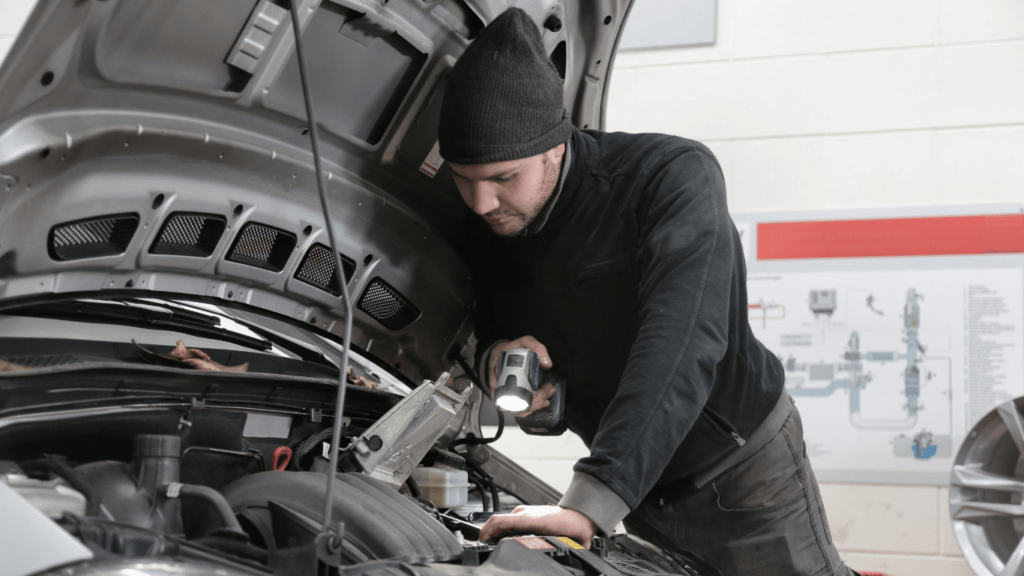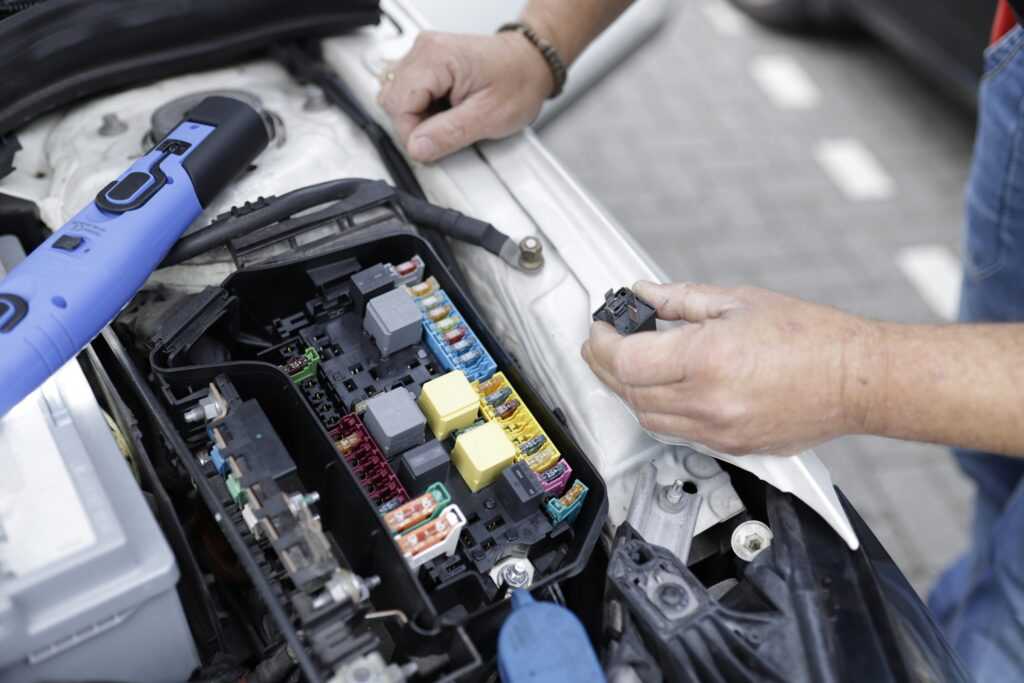Importance of Seasonal Car Maintenance
Seasonal maintenance extends a car’s lifespan by addressing specific challenges each season brings. Cold winters can cause battery issues and thickened fluids, while hot summers stress the cooling system and tires. Adapting to these changes keeps your vehicle running efficiently.
Ignoring seasonal maintenance leads to unexpected breakdowns and costly repairs. Peak summer temperatures can cause overheating if coolant levels aren’t checked. During winter, unmaintained wiper blades can compromise visibility in snow and rain.
Car maintenance enhances safety. Seasonal checks on brakes, tires and lights prevent accidents. For example, worn-out tires in winter can slip on icy roads, while inadequate coolant in summer can cause engine failure.
Engaging in seasonal maintenance saves money. Regularly checking and replacing fluids, filters and worn parts avoids bigger, costlier problems. Proactive care ensures that minor issues don’t escalate into major repairs.
Spring Car Maintenance Checklist
Spring signals renewal and rejuvenation for your car. Essential checks ensure reliable performance and extend your vehicle’s lifespan.
Inspect Tires and Brakes
Check tires for wear and proper inflation. Under-inflated tires decrease fuel efficiency and increase wear. Rotate tires if tread shows uneven wear patterns. Inspect brakes for any noise or reduced responsiveness. Address any brake issues promptly to ensure safety.
Change Oil and Filter
Replace the engine oil and filter. Fresh oil lubricates moving parts, reducing friction and preventing overheating. Follow the manufacturer’s guidelines for the correct oil type. This ensures optimal engine health.
Check and Refill Fluids
Inspect fluid levels, including:
- coolant
- brake fluid
- transmission fluid
- windshield washer fluid
Refill or replace as necessary. Proper fluid levels prevent overheating, ensure smooth transmission shifts, and maintain good visibility.
Summer Car Maintenance Checklist

Summer’s heat can take a toll on your car. This checklist ensures your vehicle stays in top condition for those long road trips and daily commutes in the hotter months.
Test the Battery
Batteries can struggle in high temperatures. I test my battery for charge and corrosion. High temps can accelerate the chemical reaction inside, shortening the battery’s lifespan. I use a multimeter to check the voltage, aiming for a reading above 12.6 volts. I also inspect the terminals for any buildup and clean them if needed.
Inspect Cooling System
An overheating engine is a common summer issue. I inspect the entire cooling system, including the radiator, hoses, and coolant levels. Low coolant levels can cause engine parts to overheat and fail. If necessary, I add a 50/50 mix of coolant and distilled water. Checking for leaks is crucial; any damp spots on hoses or the radiator might indicate a problem.
Check the Air Conditioning
A functional A/C is vital in summer. I ensure the air conditioning system blows cold air by checking the refrigerant level and listening for unusual noises during operation. Low refrigerant levels can mean a leak, which needs professional repair. Additionally, I inspect the cabin air filter and replace it if it’s dirty to maintain the airflow and air quality inside the car.
By following this summer car maintenance checklist, you’ll keep your vehicle in optimal condition, preventing many common hot-weather issues.
Fall Car Maintenance Checklist
With fall’s cooler temperatures and unpredictable weather, this car maintenance checklist addresses key areas to ensure safety and performance.
Inspect Tires and Treads
Checking tires helps maintain traction and safety. Measure the tread depth to confirm it’s at least 2/32 inches. Ensure tires are inflated to the manufacturer-recommended pressure for optimal performance. Rotate tires to promote even wear, extending their life. Look for cracks, bulges, or embedded objects in the tires.
Check Heating System
Confirm the heating system works properly to keep the cabin warm. Inspect the heater core, hoses, and connections for leaks or blockages. Test the blower motor to make sure it operates at all speed settings. Replace the cabin air filter if it’s clogged to ensure efficient air flow.
Inspect Lights
Lights ensure visibility and safety in low-light conditions. Check all exterior lights, including headlights, taillights, and turn signals, for functionality. Replace any burned-out bulbs immediately. Clean the lens covers to remove any dirt or haze that could dim the lights. Check light alignment and adjust if necessary to ensure proper road illumination.
Winter Car Maintenance Checklist
Winter can be harsh on vehicles, making specific maintenance essential to ensure optimal performance and safety. This checklist covers the most critical winter car maintenance tasks.
Inspect the Battery
Cold weather strains car batteries, reducing their efficiency. To avoid starting problems, inspect the battery for signs of corrosion and clean the terminals if necessary. Measure the charge using a voltmeter; a fully charged battery typically reads around 12.6 volts. If the charge is low, consider replacing the battery before it fails.
Check Tire Pressure and Tread Depth
- Proper tire maintenance is vital during winter.
- Cold temperatures cause tire pressure to drop, so regularly check and inflate tires to the manufacturer’s recommended pressure, typically found in the owner’s manual or on a sticker inside the driver’s door.
- Ensure tread depth is sufficient to provide traction on snowy or icy roads; the minimum safe depth is 2/32 inch, though 6/32 inch is recommended for winter driving. Replace any tires that show significant wear or damage.
Verify Antifreeze Levels
Antifreeze, also known as coolant, prevents engine freeze-up in cold weather. Make sure antifreeze levels are adequate by checking the reservoir and topping off if necessary. Use a 50/50 mixture of antifreeze and water for optimal protection. If the antifreeze hasn’t been replaced in the past two years, drain and refill the system to maintain its efficacy.




